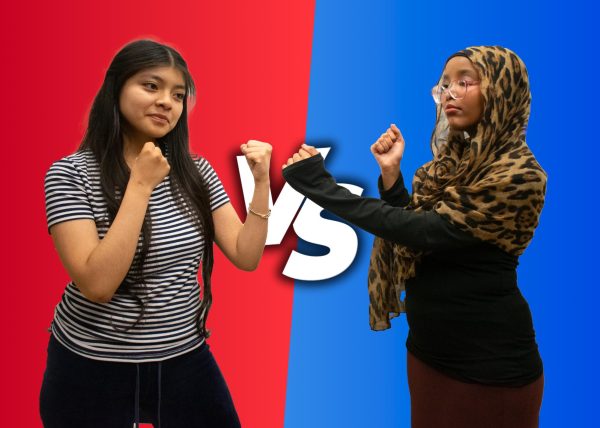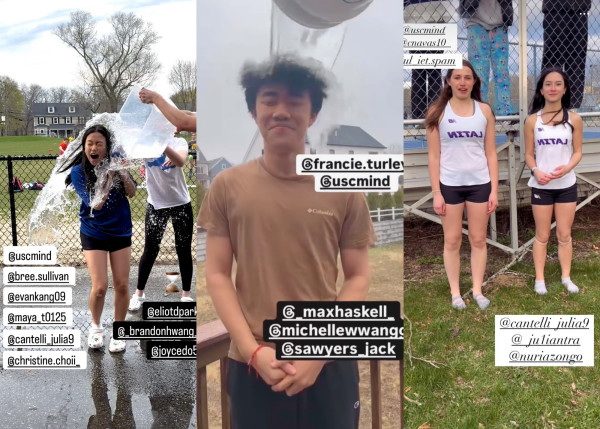Wellness Block Needs More Variety
With the return to in-person school, students have a new addition to their schedule: Wellness block. Assistant Head of School Jonathan Mulhern says, “It’s a lot of screen time and a lot of restricted movement [and] it’s much more restricted than what you’re used to if you’ve been in school before. […] We wanted to create this space in time that was a real break in the day.”
As its name suggests, the Wellness period was created to provide a half-hour in the middle of the day for students to recharge and take a break from staring at a screen. Since many have reported an increase in stress and anxiety, the block addresses this by offering a free period for students to unwind — away from the blue light of a computer.
With the Wellness period extending the lunch break by 30 minutes, one would think that the students would be provided with many choices on how to spend it, but such is not the case.
Students participating in the hybrid learning model are provided with only two options to spend the time: either going outside or participating in the Drop Everything And Read (D.E.A.R) program in the library. D.E.A.R. offers students the option to read books with their peers in a quiet space; it is the sole alternative for those who would prefer to stay in.
Ms. Deeth Ellis, school librarian and co-organizer of the D.E.A.R. program, explains, “For some, we know that there might be a desire to just relax with a book instead of running around outside.”
Due to social distancing regulations, however, the program has a maximum capacity of around 20 people. Consequently, many students who wish to sign up are unable to attend and have to spend their period outside instead of doing what they would like most.
Therefore, the school should create more options for how students can spend their Wellness period. A variety of programs available for the students to participate in ensures that each student is able to de-stress in the way that suits them best.
Everyone has their own way of taking a break, so why limit them to just two choices? The addition of the Wellness period indicates that people are finally prioritizing mental and physical well-being in this difficult time of prolonged sitting and technological burnout, but its current utilization is not nearly as beneficial as it could be.
Providing the students with a diverse selection of opportunities would allow them to find an activity that suits them and lets them feel at ease. The school could organize guided meditation sessions, creative writing programs or a board game club.
Only a small percentage of students go into the building every week. As Grace Sanborn (I) states, “Not many people in my class are doing hybrid. Very few of my friends as well are going [to school]. So, it’s a little bit lonely.”
It is not difficult to see how hybrid students may feel detached from their peers. Expecting to see classrooms teeming with friendly faces, social distancing restrictions and empty classrooms with empty chairs can be a depressing sight when one walks in. If they were able to interact with others in clubs or programs they enjoy, it would bring more positivity to their day.
Students appreciate the school’s efforts to revive recess and make self-care part of the schedule; however, there is room for improvement. Offering a wider selection of activities would not only improve the sense of community within the school, but also increase the likelihood that a student would find one which they truly enjoy.






